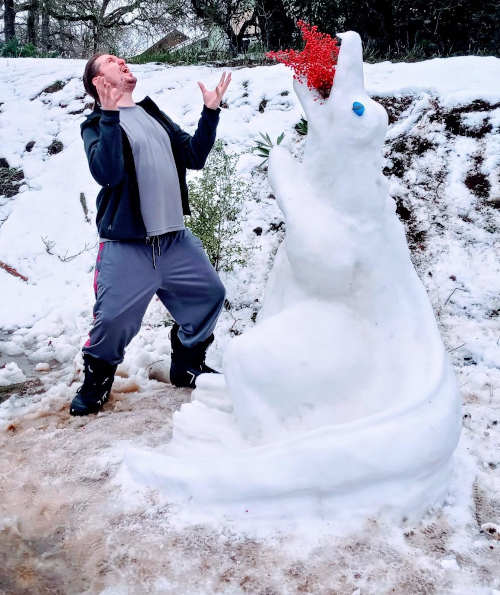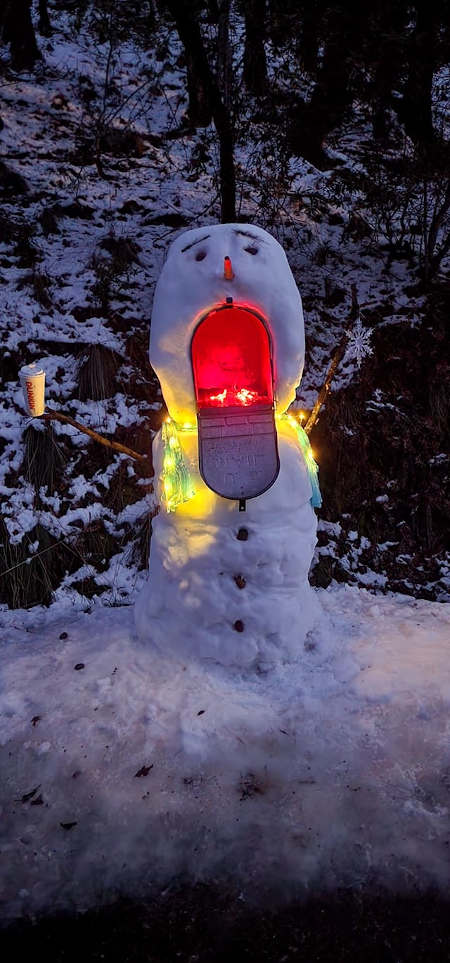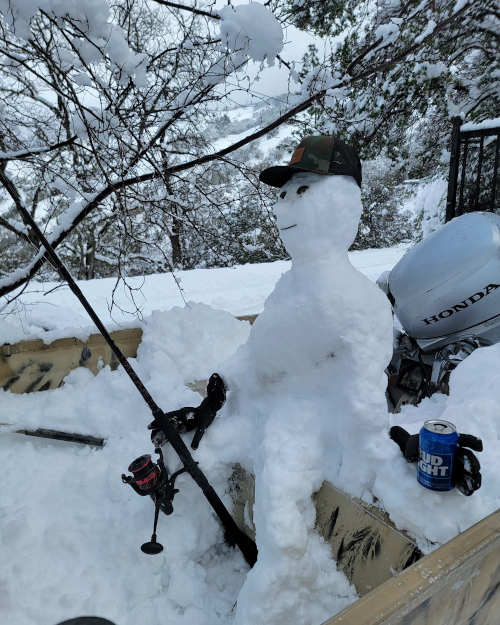- Post Wildfire OHV Recovery Alliance
Trail project planned on Upper Lake Ranger District
UPPER LAKE, Calif. — Volunteers are invited to join in a trail clearing project on the Mendocino National Forest’s Upper Lake Ranger District in April.
The event was previously set to take place on March 11 but has been rescheduled to April 8 due to heavy snowfall.
Volunteer check-in will take place beginning at 9 a.m. Saturday, April 8, at the Middle Creek Campground, 8 miles north of Upper Lake on County Road 301 (Forest Road M-1).
Camping is available on site with toilets and water. Trailers and RVs are OK.
Jobs will include hand tool work, cutting and moving cut tree limbs, and other trail repair and restoration work.
Bring your own lunch/food and hydration fluids, and protective gear. Some gear will be available on-site.
The work is scheduled to continue on the second Saturday of each month through June, with no work from July through September. It will then resume from October through December.
To volunteer, go to the Post Wildfire OHV Recovery Alliance, or PWORA, website and create an account.
PWORA is working with the Mendocino National Forest’s Upper Lake District to build new trails and restore fire-damaged trails.
The Mason Trail Connector is a conversion to OHV use of approximately 1.3 miles of the abandoned logging road.
It will provide a connection between two existing Mendocino National Forest OHV trails.
The trail was partially constructed by the Mendo National Forest and improved with three other culverts in locations along with the trailbed but lacked a sustainable all-season creek crossing in one location.
PWORA constructed a multi-plate culvert to provide an all-season, sustainable, fire-resistant creek crossing to complete the new trail. Final preparations and arrangements are being made by PWORA and Mendo NF to prepare for an official opening of the trail in 2023.
For a catalog of volunteer opportunities on the project, visit the PWORA website.

 How to resolve AdBlock issue?
How to resolve AdBlock issue? 







